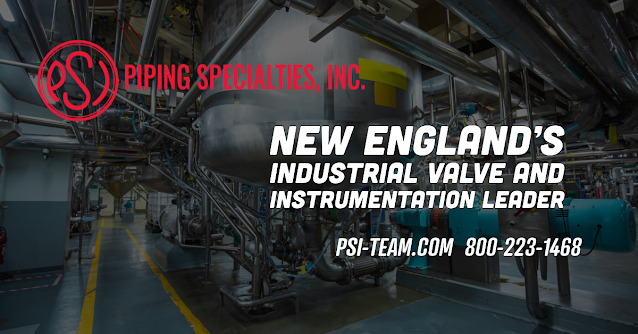For over 70 years, Warren Controls of Bethlehem, Pennsylvania, has been a trusted manufacturer of high-performance control valves, rotary ball valves, electric actuators, and level controls for industrial, commercial, and HVAC markets. Known for engineering reliability and innovation, Warren Controls offers solutions designed to meet the demands of industries such as power generation, water and wastewater treatment, chemical processing, HVAC systems, and OEM applications.
At the core of their product lineup are the Series 2800 Precision Globe Control Valves, engineered for exceptional accuracy and durability in demanding process control applications. Complementing this line are the Series 2900 General Purpose Globe Valves, built for versatility and high-capacity flow requirements. For rotary control applications, Warren Controls manufactures characterized rotary ball valves that deliver excellent flow control and performance across a wide range of process conditions, with available trims and materials to handle even the toughest media.
Warren Controls also leads in electric actuation technology, offering the ARIA line of advanced electric actuators, which provide reliable, precise, and intelligent control in industrial and commercial settings. These actuators integrate seamlessly with Warren’s control valve offerings, enabling accurate, automated process management. Additionally, the company’s mechanical level controls for deaerators and boilers remain an industry staple for steam and hot-water applications.
In the commercial and HVAC markets, Warren Controls offers a comprehensive range of control valves, mixing valves, and accessories that enhance building automation systems, ensuring energy efficiency, longevity, and reliable operation.
Piping Specialties, Inc.: Warren Controls’ Premier Distributor in New England
To provide exceptional service and support to customers throughout New England, Warren Controls has partnered with Piping Specialties, Inc. (PSI) of Portland, Maine, and Danvers, Massachusetts. Established in 1975, PSI is widely recognized as one of the region’s most trusted distributors of valves, process controls, and engineered mechanical products.
PSI’s strengths lie in its deep technical expertise, local inventory, and customer-focused service. Their team of factory-trained engineers and field technicians is an expert at sizing, specifying, and supporting complex valve and actuation solutions. This ensures that customers receive the right Warren Controls products for their specific applications—whether it’s a precision industrial valve for a power plant, an actuator retrofit for a wastewater facility, or a control valve for a commercial HVAC system.
By choosing Piping Specialties, New England customers gain a distributor who not only offers fast response times and local availability but also brings decades of experience in solving real-world challenges across multiple industries. PSI’s commitment to engineering excellence and hands-on service makes them the ideal partner to represent Warren Controls’ high-quality product line.
Warren Controls delivers a complete portfolio of engineered valve and actuator solutions, built for precision, performance, and durability. Partnering with Piping Specialties, Inc. ensures that New England industries receive not just best-in-class products, but also the technical expertise, field support, and rapid service that today’s demanding applications require.





